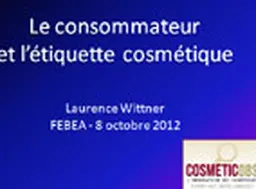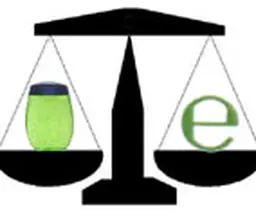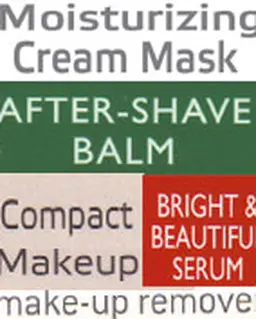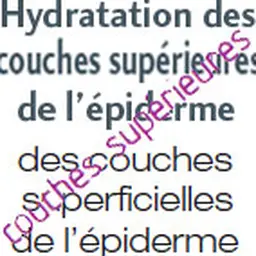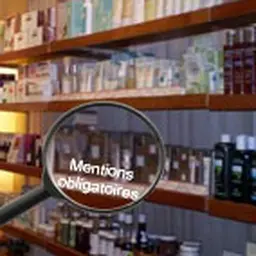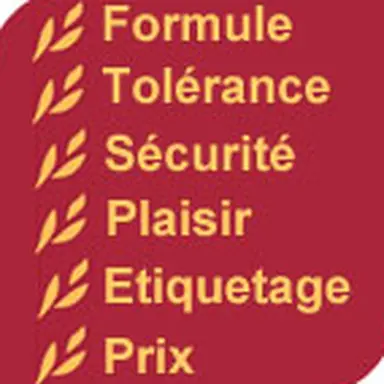
Formula, tolerance, safety, pleasure, labelling, price… A list of six criteria has been defined by our experts to evaluate the different aspects of cosmetics. Checklist.
Formula
Evaluation of the composition and its efficacy.
When reading the list of ingredients, the experts first determine the value of the product. They check to see whether the active ingredients needed for the product to deliver on its claims are present, and whether they are present in sufficient amounts to be truly effective. The experts also check whether any substances might prevent the claimed action, whether all the components of the formula are welcome, whether the preservation system is balanced and has a broad enough scope of action, whether the packaging reinforces (or not) the safety of the formula, and so on.
This initial impression is followed by an observation of the true effect of the product in a test under real conditions of use.
Tolerance
Evaluation of skin tolerance (irritating potential of the product) and the risk of allergy.
The primary focus is on ingredients that can trigger adverse reactions, whether immediate or delayed, the degree of harm they cause, their concentration in the formula, and any interactions with other ingredients that are also present (which can increase or dampen their primary characteristics).
This raw data is then compared with field observations.
Safety
Evaluation of three facets of product safety: microbiological, toxicological, and environmental.
The safety of the formula itself must obviously be provided for, meaning that the formula must be protected from microbiological and bacterial growth with an effective preservation system. Such systems can consist of a complex of preservatives and/or preservative agents, combined or even replaced with specific packaging, but in any case the system must be sufficient and 100% effective.
Toxicological safety is more of a precautionary principle. While cosmetics do not account for our primary source of contact with potentially toxic substances, the fact remains that the daily, repeated use of such products does increase our degree of exposure. In our sight lines: ingredients suspected of being more or less toxic to human health. The evaluation is based on a regular review of the scientific publications and opinions issued by the various committees of experts and health authorities.
The last aspect of the safety criterion: environmental friendliness. Some raw materials, and some manufacturing processes, cause pollution. Sometimes the pollution is limited, other times it is much more pronounced. We are aware of the influence of environmental health on our own health. And we also know that certain ingredients or formulas are better for our environment than others. It is important to note that here we are not necessarily favouring ‘natural’ or organic cosmetics, but those that are the product of a broader sense of sustainable development.
Pleasure
Sensory evaluation.
Comfort during use, a pleasing texture and scent, a soft touch on the skin, a pleasant effect that continues after application, an airy mousse or foam texture, a silky cream, the ease of rinsing a product that lathers, etc.: each product has been tested, tried, and compared by aestheticians (for hygiene, skincare, and make-up products) or by the hairstylist and his staff (for haircare products).
Labelling
Evaluation of compliance with regulatory requirements and of the quality of the sales pitch.
It is crucial for the label to satisfy all regulatory requirements. Regulations require certain information to be present (list of ingredients, expiry date and/or shelf life after opening, batch number, list of allergy-causing aromatic molecules, precautions for use if certain ingredients are present, etc.). These requirements are designed to ensure that consumers are informed and safe; such requirements absolutely must be upheld.
It is also critical for the sales pitch to be neither misleading nor exaggerated. On the contrary, it must be perfectly informative and it must include three elements: what the product does (or at least what it claims to do), how it does this (with which active ingredients), and how the product is to be used in order to be effective.
What about pricing?
This is one of the first criteria for choosing a cosmetic product, especially in a sluggish economy, and it is far from being insignificant. Its relation to the true quality of the product is even more important. But considering price can sometimes have unfair consequences. Choosing certain raw materials or certain types of complex packaging can justify a bump of a few euros on the price label. Some small companies offering high-quality products cannot get discounts from their suppliers that are as significant as discounts accorded to larger corporations, and this is reflected in the overall cost of their production as well as in their profit margins. This is why price is not one of the criteria in the Premium rankings. Let’s not forget that we sometimes accept a higher price in return for higher quality, improved safety, better ethics, or a more pleasurable experience.





